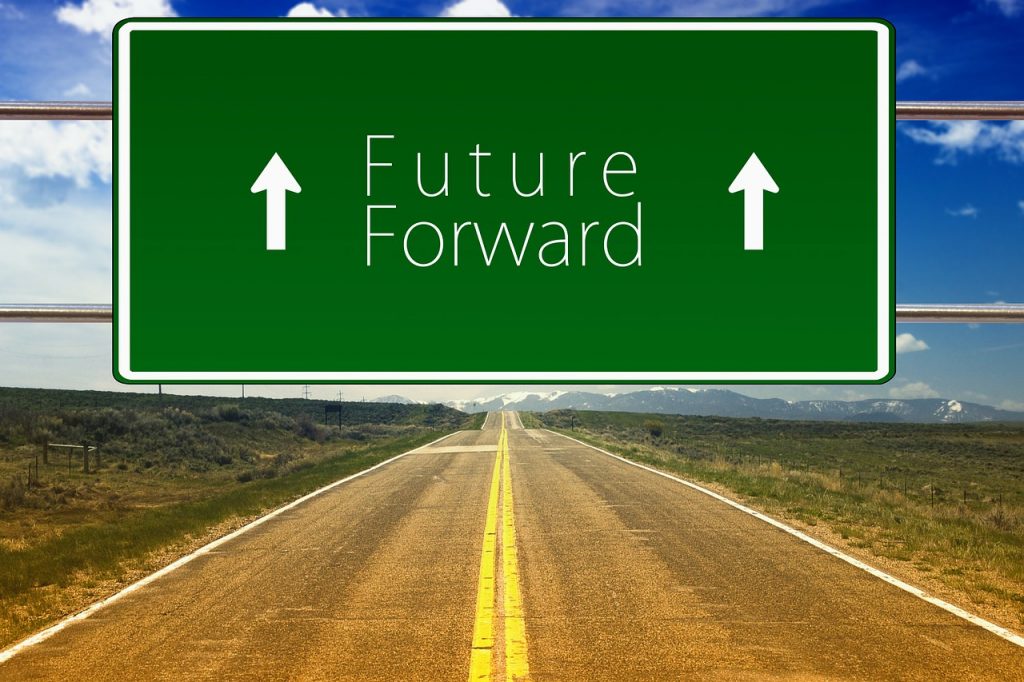Regina Day Langhout
Highlights
The path to
(you know where) is paved with good intentions.
────
You can reduce, but not eliminate the potential for unintended consequences.
────
Strategies for Community Partnerships
Talk about goals and values early
Define important terms
Talk about how you will deal with conflict
Discuss the duration of the partnership
Revisit agreements
Community psychologists have a set of shared values that include social justice and empowerment. Often, we work collaboratively with communities with the goal of enacting positive change. Yet, good intentions are never enough. Sometimes, there are unintended consequences of our community partnerships.
For example, many of my partnerships have been with schools. More than once, I have had teachers ask me to write down all that I see happening in their classrooms, to help them get a better sense of their behavior management practices. More than once, teachers have been distraught to see how their behavior has been consistent with racism and classism often found in schools. In some cases, this has led to rifts and in other cases, it has led to stronger partnerships.
How then, can we build strength in the community partnerships? In my experience, the following processes are important to minimize unintended consequences:
Talk about values and goals early-At the beginning of the partnership, discuss your values, those of your institution, and of your field. Talk about overlap and differences among potential partner institutions.
Define important terms-It is not enough for potential partners to say that they both value social justice or empowerment, for example. Talk about what terms mean to each institution and people who are crucial to the partnership.
Talk about how you will deal with conflict-Singer, songwriter, and civil rights activist Bernice Johnson Reagon draws a distinction between coalition work and building a home. A home is to be a safe space that offers respite. Coalition building, however, should be hard. Tensions will surface when groups have less in common. Is there a commitment to work together to recognize and name tensions? Partners must work through these issues. See conflict as inevitable and necessary, and talk about how to deal with it.
Discuss the duration of the partnership-Can you make a long-term commitment, regardless of funding for a specific project? Does the community partner want a longer-term relationship? Both partners should be up front about these expectations.
Revisit agreements-The longest community partnership I have had has been 11 years. Every other year, I revisited our agreements with my community partner to see if they needed to be revised, or if we needed to change our goals. These conversations can be a time to reflect and make adjustments.
For more information:At some point in your partnership, there will be unintended consequences. When these arise, can they be a point of learning? Is there a way to productively move through them, or is it a signal that the partnership should end? Building a solid partnership takes time, patience, persistence, humbleness, and curiosity…but the results are well worth it!
For more information:
Kohfeldt, D.M., Chhun, L., Grace, S., & Langhout, R.D. (2011). Youth empowerment in context: Exploring tensions in school-based yPAR. American Journal of Community Psychology, 47, 28-45.
Langhout, R.D. (2015). Considering community psychology competencies: A love letter to budding scholar-activists who wonder if they have what it takes. American Journal of Community Psychology, 55(3), 266-278.
Sarason, S.B. (1972). The Creation of Settings and the Future Societies. Cambridge, MA, US: Brookline Books.



